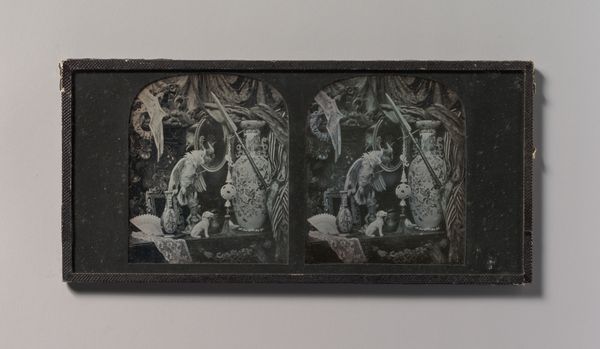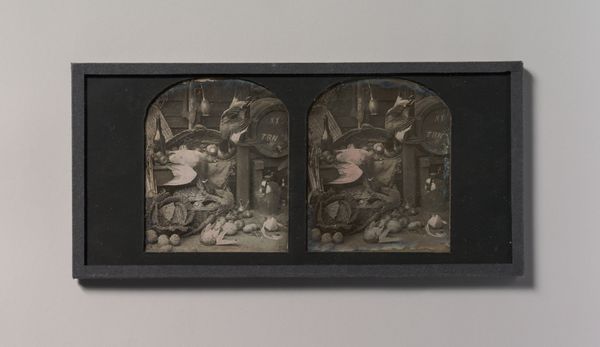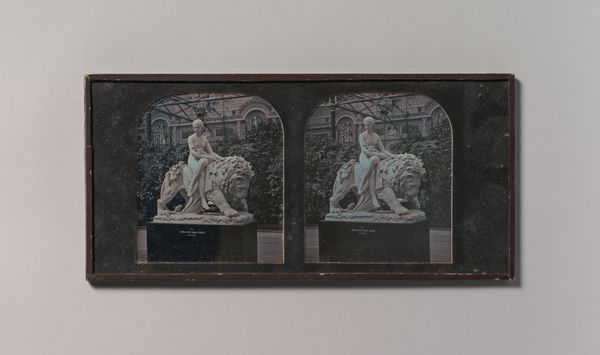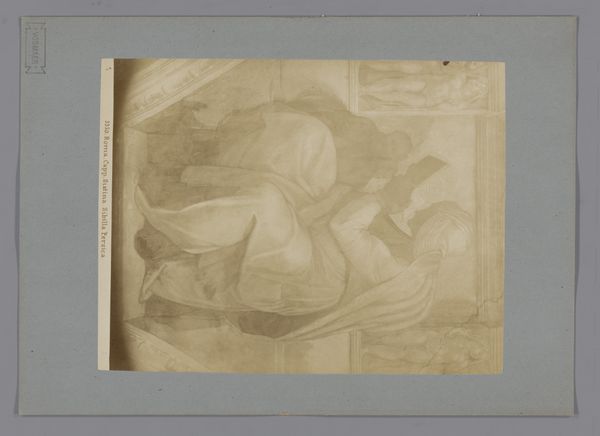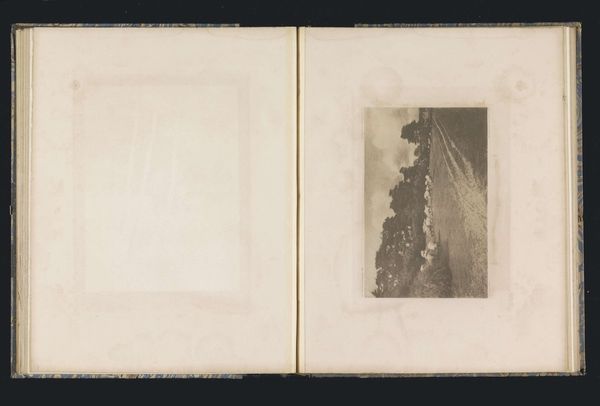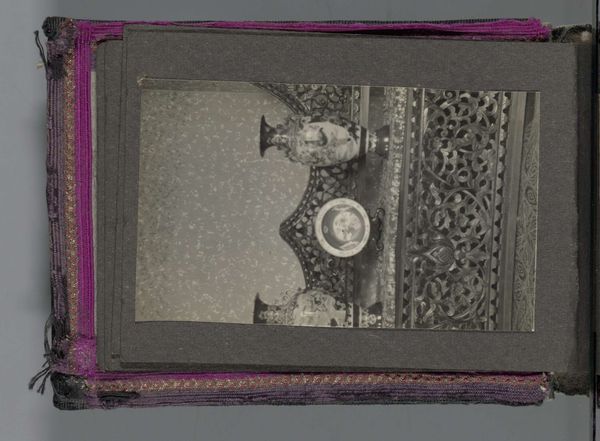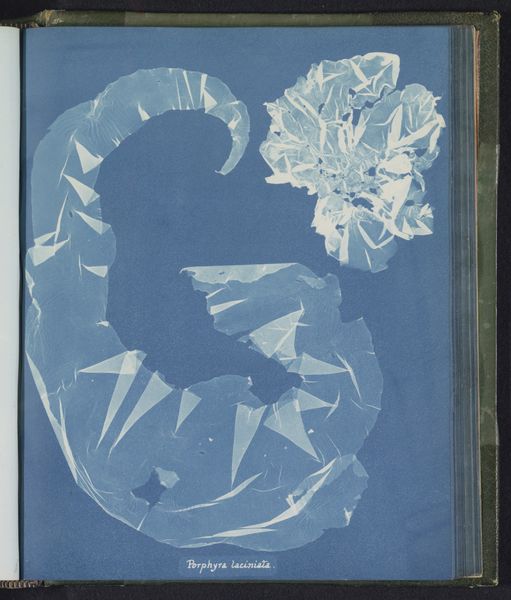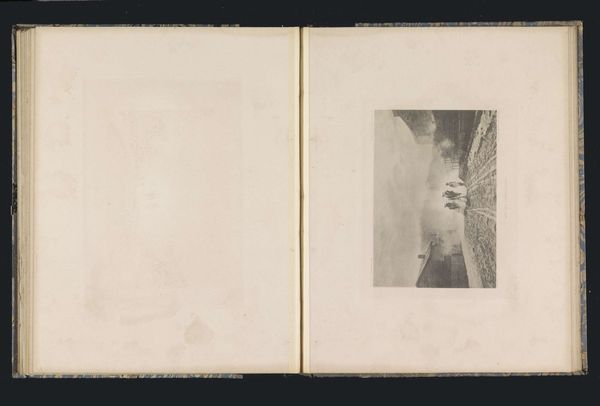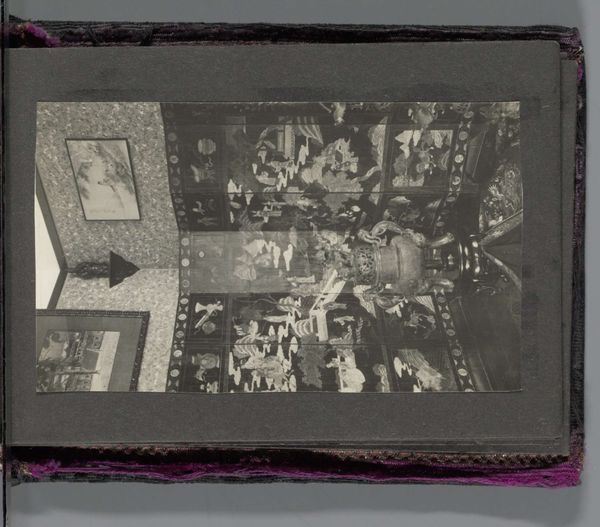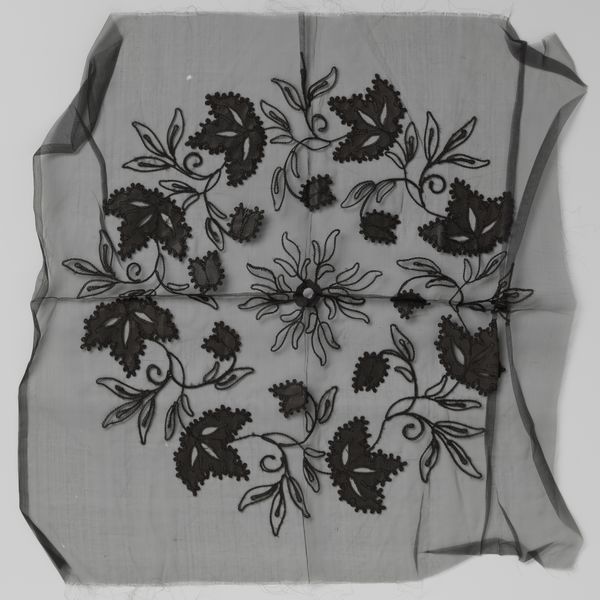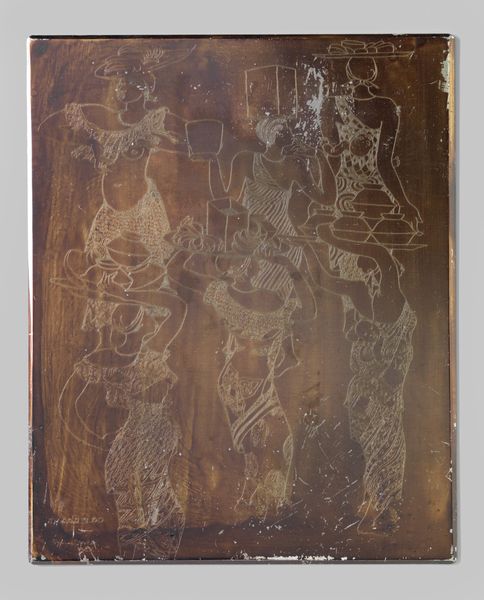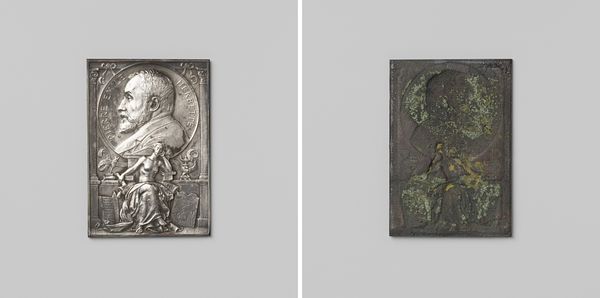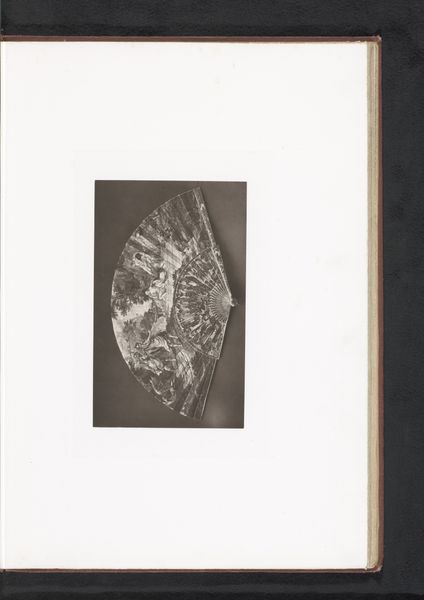![[Still-Life with Cockatoo, Ornamental Ball, Lace, Peacock Feathers] by T. R. Williams](/_next/image?url=https%3A%2F%2Fd2w8kbdekdi1gv.cloudfront.net%2FeyJidWNrZXQiOiAiYXJ0ZXJhLWltYWdlcy1idWNrZXQiLCAia2V5IjogImFydHdvcmtzL2I3MzZmYzliLWRiYzAtNDFjOS04OWM1LTYxMGYxMzkxY2Q2OC9iNzM2ZmM5Yi1kYmMwLTQxYzktODljNS02MTBmMTM5MWNkNjhfZnVsbC5qcGciLCAiZWRpdHMiOiB7InJlc2l6ZSI6IHsid2lkdGgiOiAxOTIwLCAiaGVpZ2h0IjogMTkyMCwgImZpdCI6ICJpbnNpZGUifX19&w=3840&q=75)
[Still-Life with Cockatoo, Ornamental Ball, Lace, Peacock Feathers] 1850s
0:00
0:00
photography
#
sculpture
#
photography
#
watercolor
Dimensions: Image: 5.9 x 7.1 cm (2 5/16 x 2 13/16 in.), each Mount: 8.3 x 17.3 cm (3 1/4 x 6 13/16 in.)
Copyright: Public Domain
Editor: So this is *Still-Life with Cockatoo, Ornamental Ball, Lace, Peacock Feathers* by T. R. Williams, made in the 1850s. It's currently held at The Met. There's a dreamy quality to it, a photographic still life in muted tones. It looks like the objects were meticulously arranged to maximize textural contrast and formal symmetry. What are your thoughts when you first look at this piece? Curator: The initial striking feature is indeed the orchestration of textures. Notice the crisp delineation of the cockatoo's feathers against the soft drape of the lace, which then contrasts sharply with the smooth surface of the ornamental ball. Also, observe the lighting; how does it contribute to the spatial organization and emphasize these various textural qualities? Editor: I see that! The stark contrast really isolates each texture... So the formal analysis here involves identifying the elements used and describing them, like a taxonomy? Curator: Precisely. Beyond simple identification, the aim is to articulate how the visual relationships, the interplay of forms, colors, and, crucially, the contrasting textures, all coalesce into a singular aesthetic experience. Consider, too, how the stereoscopic presentation, creates a sense of depth which then shapes our reading of the artwork. Do you notice a focal point? Editor: It's got to be the bird itself... given that it takes center stage and the rest seems organized around its form. I get the sense now that without this ordering, none of the textures would be noticed individually as much, because it's a dialog between the different material qualities of objects that gives each its meaning. Curator: You've succinctly captured the essence of the piece. It is a structured ecosystem, a composition wherein each element's visual weight is in reciprocal interaction with every other element to contribute toward the unity of the work. Editor: Thinking about the visual relationships is such a different way to see an image than trying to apply stories and narratives onto it. Thanks for your expertise! Curator: The pleasure was all mine. The key is close looking and acute articulation of the elements and the structural system governing them.
Comments
No comments
Be the first to comment and join the conversation on the ultimate creative platform.
